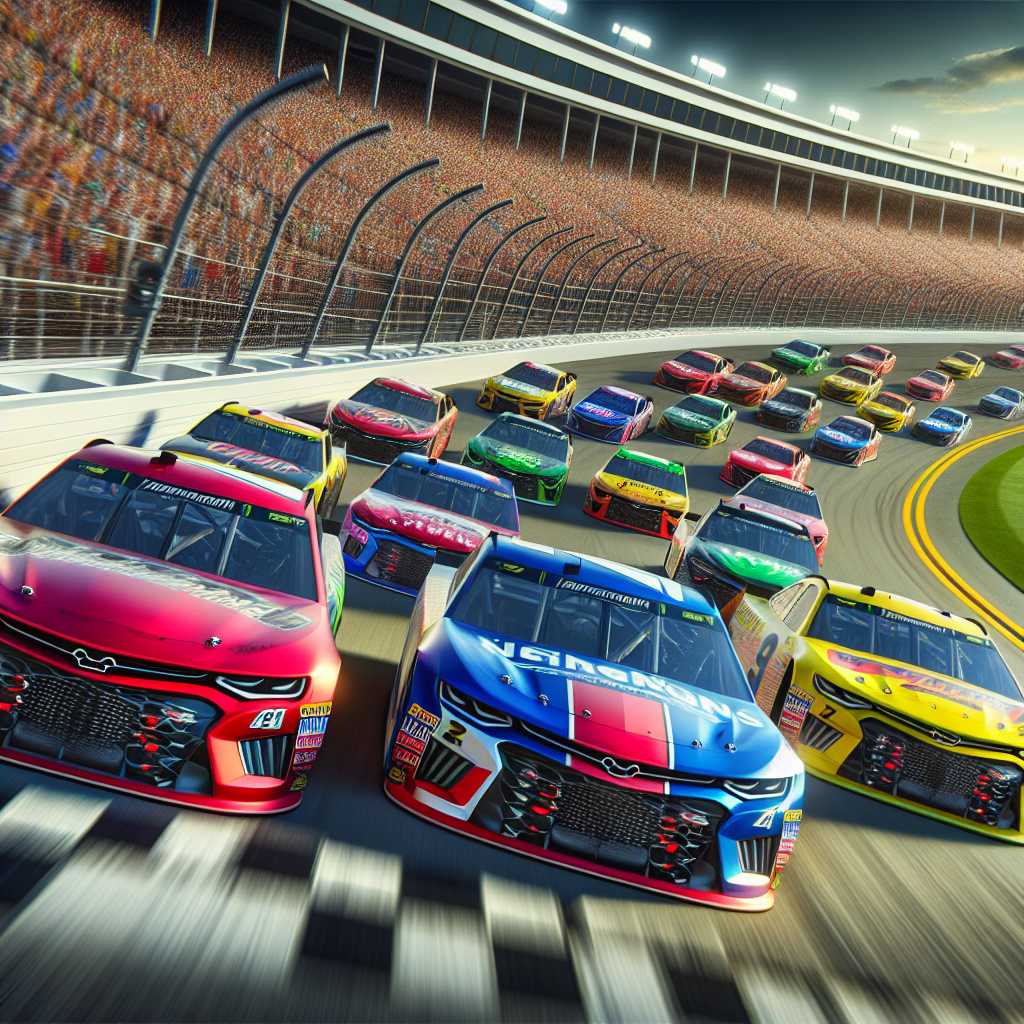The Significance and Impact of the Daytona 500 in Motorsports
The Daytona 500 is one of the most storied and prestigious races in motorsport history. Often referred to as “The Great American Race,” it serves as the season-opening event for the National Association for Stock Car Auto Racing (NASCAR) Cup Series. Held annually at the Daytona International Speedway in Daytona Beach, Florida, this 500-mile-long race has become a beloved tradition that not only attracts dedicated racing enthusiasts but also has wide appeal among a diverse audience that includes casual viewers and celebrities alike.
The significance of the Daytona 500 extends beyond its spectacle; it is a defining event that tests the endurance and skill of drivers, while also pushing automotive technology and team strategies to their limits. In understanding the Daytona 500’s singular place in motorsport, it becomes clear why its impact on not just NASCAR but all of auto racing is so considerable.
History and Evolution of the Daytona 500
The first Daytona 500 was run in 1959, and it was nothing short of revolutionary for motorsports. The track itself, the Daytona International Speedway, was constructed by NASCAR founder Bill France Sr. to host a race unlike any other. From its first run to the present day, the race has contributed extensively to the evolution of not only NASCAR’s rules and vehicle specifications but also to broader innovations within automotive racing technologies.
Generations have witnessed iconic moments throughout this race’s history, such as Richard Petty’s seven Daytona 500 victories that earned him the nickname “The King,” or the photo finish between Lee Petty and Johnny Beauchamp in the inaugural race, an outcome that took several days to resolve due to the absence of modern technology such as electronic scoring systems.
As technology advanced over the years, so did the cars and strategies employed during the 200-lap race around the 2.5-mile tri-oval. Aerodynamics, engine performance, pit crew efficiency, and safety innovations have noticeably improved, signifying how the Dayton 500 both mirrors and influences technological trends in automotive engineering.
The Structure and Components of Modern-Day Dayton 500
Today’s running of the Daytona 500 features top-notch competitors from across different stock car series who have fought their way through numerous qualifying rounds to earn their spot in this prestigious event. The race is divided into three stages, each offering championship points that contribute to a driver’s season-long battle for the title. Pit strategy, including timing for fuel and tire changes, plays a crucial role in determining the outcome.
Safety precautions play an essential role at Daytona due to its high speeds and close racing conditions known as ‘drafting.’ Over recent years, numerous safety measures have been implemented within the vehicles themselves, such as roll cages, HANS devices to protect against head and neck injuries, and rigorous crash-testing protocols for all cars.
Cultural Impact and Iconic Moments
Beyond pure racing lore, cultural moments pivot around fraternity-like aspects such as pre-race concerts with big-name performers and flyovers by military jets. In its cultural significance, it’s akin to other major sporting events like the Super Bowl – an entertainment apex where sport meets spectacle head-on.
Memorable events have been etched into sports history—like Dale Earnhardt’s emotional victory in 1998 after nearly two decades of unsuccessful attempts and his tragic accident on the same track in 2001 that led to widespread mourning and proceeded significant changes in driver safety measures. Similarly resonant are thrilling finishes or dramatic multicar pileups known as “The Big One,” underpinning an intangible quality embedded at the heart of this celebrated race.
Economic Influence and Popularity
This annual event has considerable economic significance through tourism, broadcasting rights fees, sponsorships, and merchandising. Regional economic figures demonstrate how a single weekend can generate significant revenue spikes for local businesses – from accommodations through food service to retail.
Over time, worldwide broadcasting has expanded this economic influence well beyond local or even national confines. Networks negotiate substantial deals for exclusive rights to televise “Speedweeks” – leading up to the main event – testifying to its remarkable popularity far removed from pit row.
